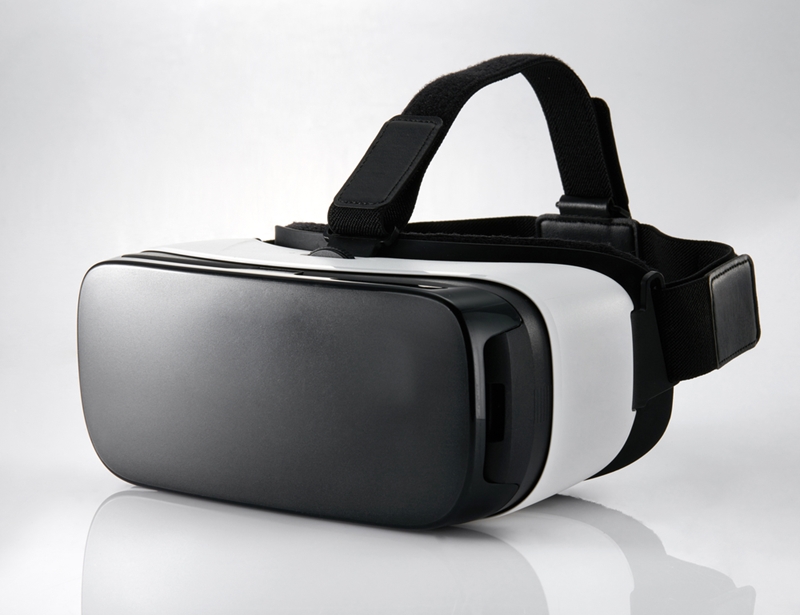
While cell phones were revolutionary products, they've since evolved into the powerful smartphone devices we have today.
A similar innovation is taking place with unified communications; while the platform has always been intuitive in itself, it will undoubtedly take another shape and form over the coming years. Although you can never be certain of what the future holds, there are a few new business technology trends that can shine some light on what's in store.
1. Hosted PBX taking over
Unified communications was previously reserved for the largest of enterprises; those that could afford to create and host the physical infrastructure for a business phone system. But, just like computers and cell phones, demand drove prices down as technology became more popular.
Now, more companies are realising they don't even need servers to have an effective phone system. The cloud has emerged as a popular way for small- and medium-sized businesses to take advantage of VoIP by using a third-party provider that handles aspects like the switchboard or hosting.
 Hosted PBX is trending upward with the vast majority of companies.
Hosted PBX is trending upward with the vast majority of companies.It's a cost-effective alternative that's sure to gain more momentum moving forward given the climate of the average work environment. Physical infrastructure can be restrictive - it's difficult to scale and can come with a host of limitations. That simply won't work in this day and age, Kris Wood, EMEA vice president of Fuze, told CommsTrader.
"We are seeing shifts towards a highly mobile workforce seeking better work-life balance, flexible work environments like co-working spaces and less hierarchical, process-driven organisations moving towards more agile, ad-hoc models," Wood said. Cloud-hosted PBX certainly fits the bill.
2. Importance of video conferencing expanding
As technology continues to connect people more easily than ever before, the world has seen a pivot to video taking place. No, we're not talking about marketing; video conferencing has become an effective tool for nearly every business of any size.
54 per cent of employees routinely use video conferencing.
Roughly 54 per cent of employees routinely use the software, ITProPortal reported. The importance of video conferencing is even greater for younger generations, with 84 per cent saying they would utilise it for one out of every four interactions with clients, according to Microsoft. With millennials set to take over as the majority of the workforce in the coming years, we'll start to see many companies invest more heavily in high quality video conferencing systems.
How does this impact unified communications? The modern enterprise is adopting the platform due to its ability to drive collaboration through a number of mediums: Texting, calling and screen sharing. Video conferencing will emerge as a central component of need for many companies moving forward, especially those with a younger workforce.
The benefits are clear cut: Massive savings can be gained by transitioning to video instead of relying on business travel to meet clients. Dispersed office locations can form cohesion through visual communication, which is essential, considering the shift to more remote employees is underway.
3. Virtual and augmented reality gaining popularity
Is it possible the next big thing is already here? With household names like Facebook, Google and Apple backing the technology, virtual and augmented reality are catching on with nearly every generation. But they have value that extends beyond simply playing games.
 Virtual and augmented reality could be incredibly useful with unified communications.
Virtual and augmented reality could be incredibly useful with unified communications.Just like Google Glass, many virtual reality platforms had high hopes for being the go-to device for consumers over the next decade. A high initial purchasing cost and the need for superior hardware to run the systems limited the target audience, slashing market forecasts. A minor rebirth in confidence is underway as some companies have begun to adopt the technologies at a corporate level.
With unified communications earning its value from improving collaboration, virtual and augmented reality fit in as useful tools to ensure everyone in the office is on the same page. They can be used for training purposes, streamlining the transfer of information and can be incredibly helpful for assisting customer service and sales representatives. The bottom-line companies are looking for here includes better productivity and efficiency, which can translate to financial savings.
4. More connected staff
The underlying theme of all these trends circles back to one of the main value propositions for unified communications: Applications that improve collaboration.
Unified communications hinges on applications that improve collaboration.
Traditional business phone systems are being phased out due to the lack of scalability. Not only do modern solutions provide clearer call quality with improved redundancy by leveraging the cloud, but they also come with a host of features like screen sharing, mobile capability and voicemail conversion to email or text.
Heads up displays (HUD) will be essential to taking advantage of some of the up and coming trends like virtual reality or video conferencing, as they will provide a platform for them to be accessed quickly and efficiently. This is incredibly important for larger companies, as they'll have to scale the roll out across multiple locations or even continents.
The world is trending towards a more connected future, and unified communications is at the heart of the transition. Contact a Fonality representative today for more information.


